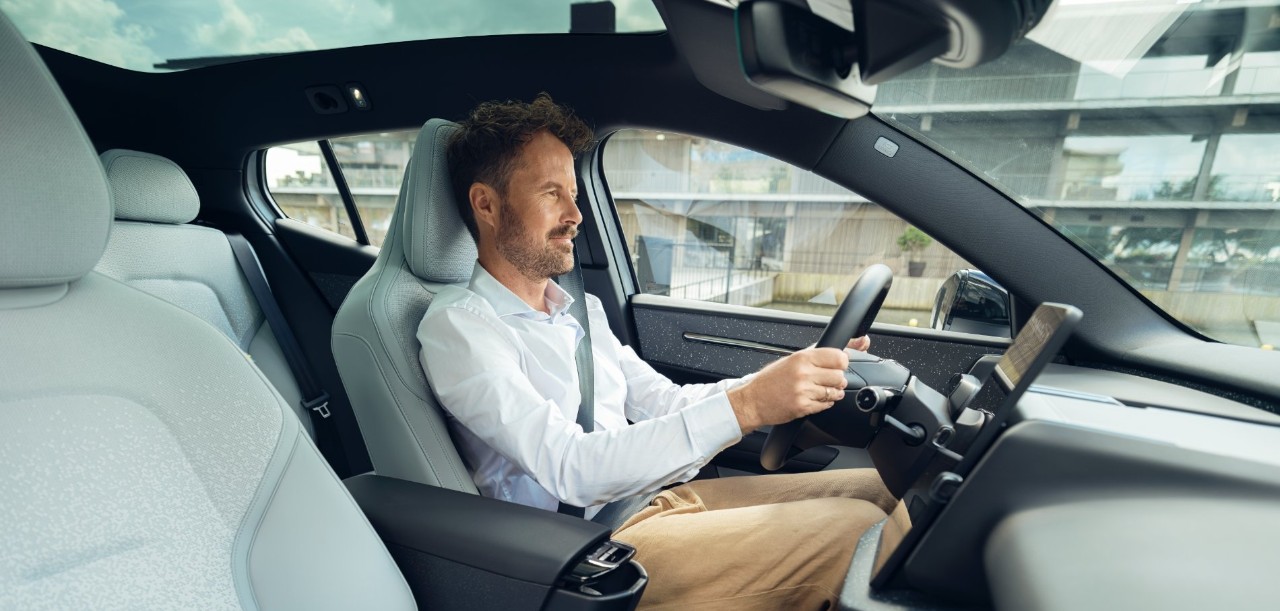Why is leasing so popular for EVs?
EVs can be amazing. They’re cost-effective to run, they’re fun to drive, they offer significant boosts to cabin space and they’re potentially low carbon.
However, they’re also generally more expensive to purchase upfront than their petrol and diesel equivalents, and with long-term values still uncertain, depreciation could be a major factor within a few years.
By leasing you can access EVs which might otherwise be out of your budget, with no worries about depreciation and with the ability to switch to a newer model at the end of the contract.
Once you take into account potential savings on VED, fuel and maintenance costs (as well as favourable BIK rates) this can make an electric vehicle much more affordable and attractive to your business and your drivers.

What are your options for leasing?
The most common and well-known form of lease, Contract Hire, provides a vehicle (with the option of including a maintenance package) for a specific length of time and mileage, all for a fixed monthly rental . This removes the possibility of any unexpected costs and the depreciation risks associated with car ownership, which makes it a popular option for EVs.
Be aware, however, of potential additional costs for exceeding agreed mileage limits, as well as potential bills at the end of a contract for damage which falls outside the BVRLA Fair Wear and Tear guidelines.
Similar to Contract Hire, with a Finance Lease agreement, the leasing company retains ownership of the vehicle, while you pay regular monthly rentals to use the vehicle over a predetermined period.
However, unlike Contract Hire, a Finance Lease agreement allows the vehicles to sit on your company's balance sheet, offering potential tax advantages. At the end of the contract you can either make the final balloon payment, sell the vehicle and retain the potential profit or make the final balloon payment and keep using the vehicle under a set rental agreement.
If you want to help your drivers transition to more sustainable vehicles but don’t have the budget to do this through a traditional company car scheme, then a Salary Sacrifice scheme could be the answer.
With Salary Sacrifice, you can offer your employees a wide range of vehicles through a workplace scheme, and then you (as their employer) take a fixed amount from their pre-tax salary each month for the duration of their contract. BIK Tax savings usually allow your employees to get more for less from their vehicle choice, while their lower tax levels are reflected in your Class 1 NI contributions.

Is it time for you to explore EV leasing?
Get in touch

Got questions? We’ve got answers
-
Mon - Fri 09:00 - 17:30



